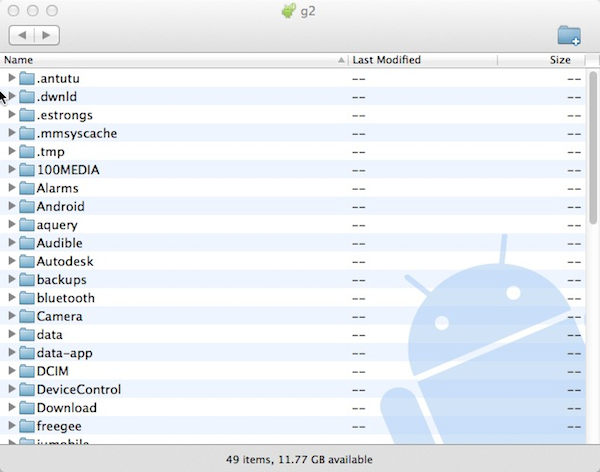Latest Android has proven its value as an alternative to Apple's iOS. Android's 79-per cent marketshare worldwide means a fair number of Mac users also use Android phones. This tutorial covers what it's like to be in that camp, and what apps and services are available to help make these obverse devices work together.

Latest How to Use an Android Smartphone With Your Mac prove that working with files was on an Android device from a Mac was next to impossible. You'd have to hope against odds that either the phone's manufacturer had built a specialized driver or the phone would be recognized as a storage medium by the generic driver included with Android's developer toolset.
With today's news, Latest How to Use an Android Smartphone With Your Mac , Android File Transfer has become a handy tool for interfacing with your phone from your Mac. It's very basic, but it allows reliable access to the files on your Android device from your Mac and the ability to drag-and-drop files from your computer to the phone. It does require that your phone be on Android 3.0 (Honeycomb) or newer.
Android Smartphone With Your Mac Because Android does not come with an all-in-one application to manage your media and data in the way that Apple does,
Android File Transfer serves an important role. It's a decent way to do things like add music or other media files or backup your phone's contents by copying its files to a folder in Finder. Once the files are on your Mac, you can use the respective format-friendly apps to modify or save them (ex. iPhoto for photos, iTunes for music, etc.) or move them to a different device.
For dragging folders from your phone to computer, then importing them manually into iPhoto is not exactly a beautiful solution. Thankfully, if you are running
Android 4.0 Ice Cream Sandwich or newer, iPhoto should automatically recognize your phone as a camera when connecting via USB; it just requires changing a USB setting on the phone.
On your time connect an Android 4.0+ device (Ice Cream Sandwich) to your computer, it typically defaults to Media Transfer Protocol (MTP), the Windows equivalent of the Android Transfer Tool.
Change that USB connection to
Picture Transfer Protocol (PTP)--either in the Settings > USB computer connection or by selecting it from the status bar while connected to the computer--and iPhoto should open automatically with a prompt to import the images shot from your phone as it does when recognizing a camera.
Tip: This may not work on all stock Android builds as the default camera application uses a naming convention for image files that is not recognizable by iPhoto. Most manufacturers have remedied this in their builds. Alternatively, you can use a different camera app as a workaround.
For Pictures, Wireless
If you don't have a USB cable handy, Dropbox is your best bet. The service's Android app offers the option to automatically upload photos taken on the device to the cloud every time the phone connects to a Wi-Fi network.
Set the Dropbox app up on your Mac as well, and you have a consistent folder from which to import into iPhoto. There is even a (mostly) painless way to have Automator regularly tap into the Dropbox folder to do the importing for you.